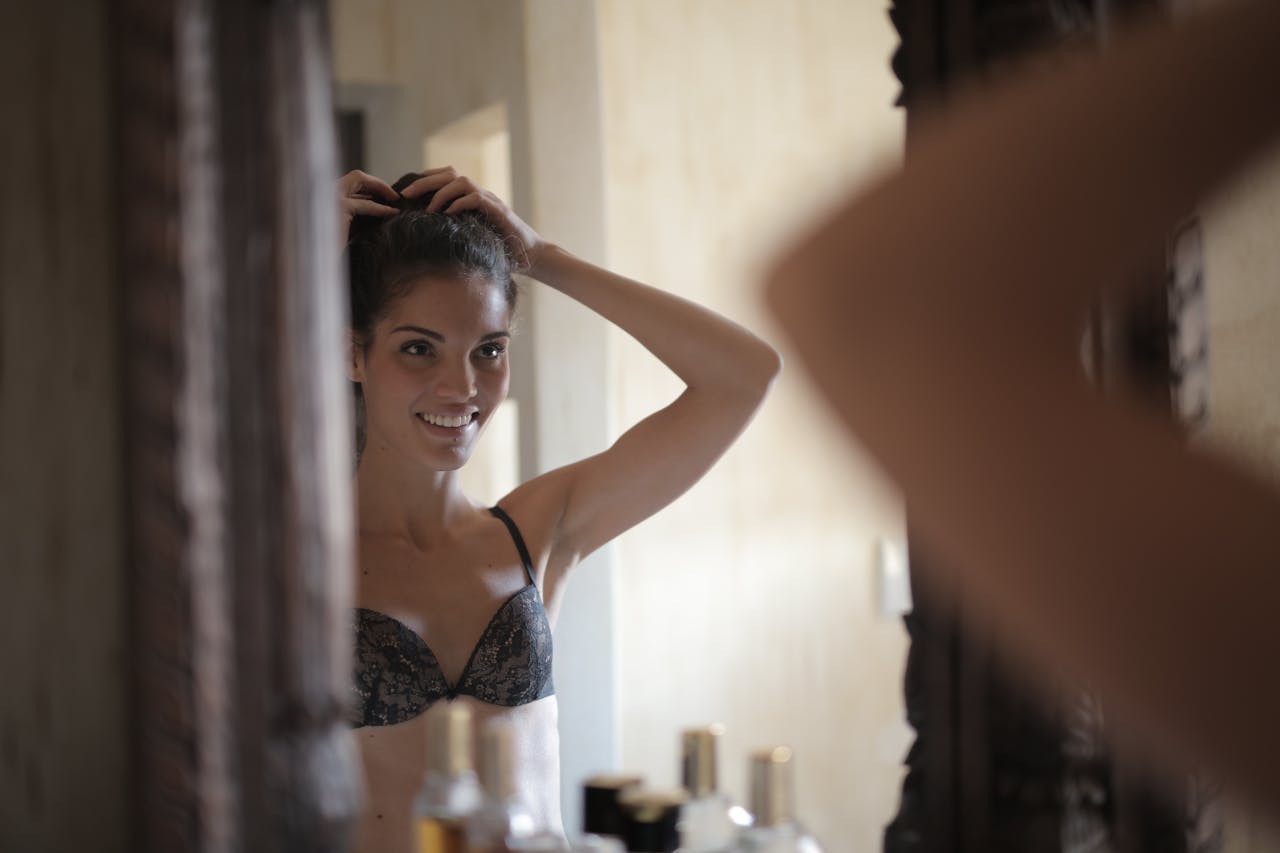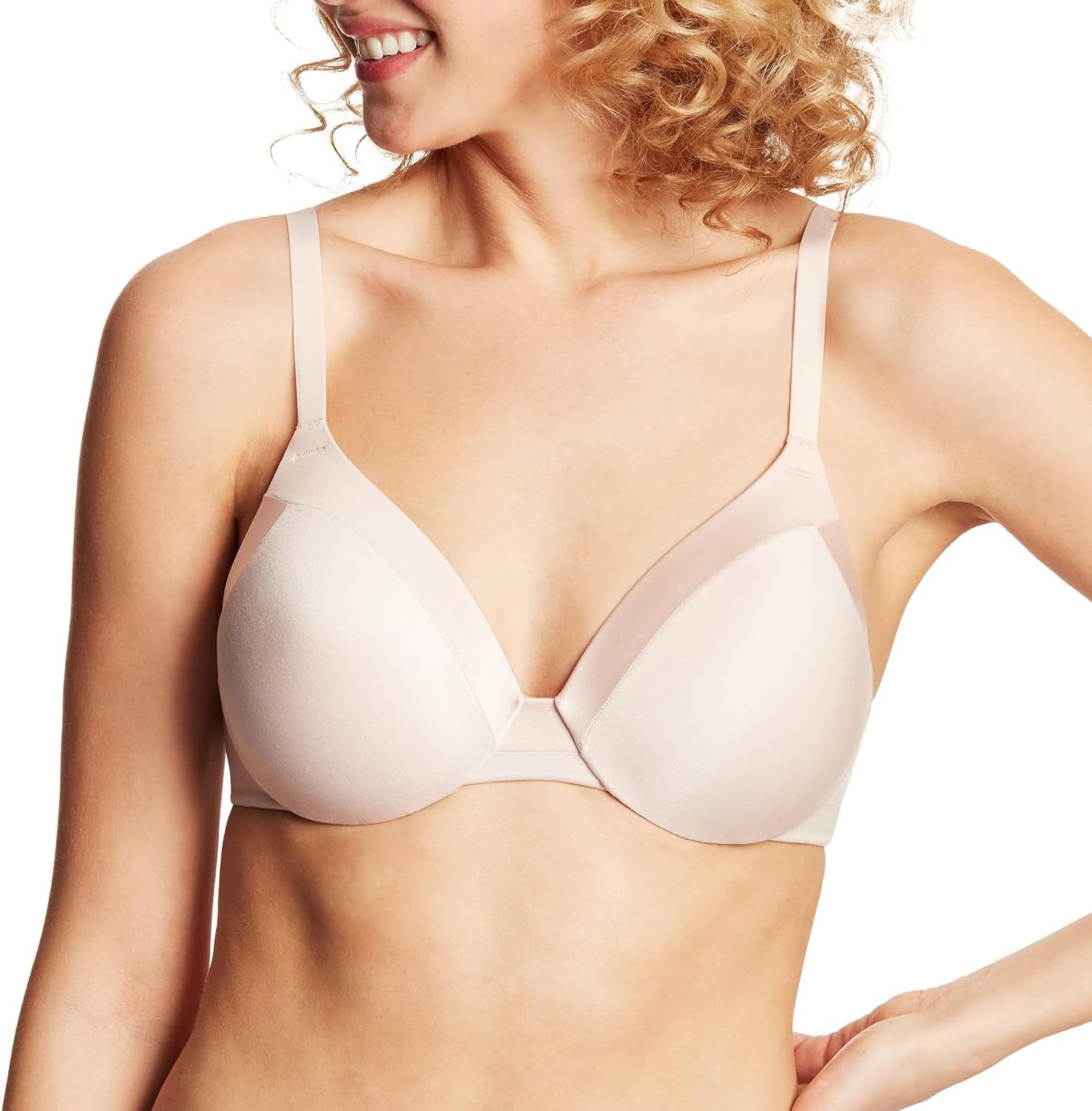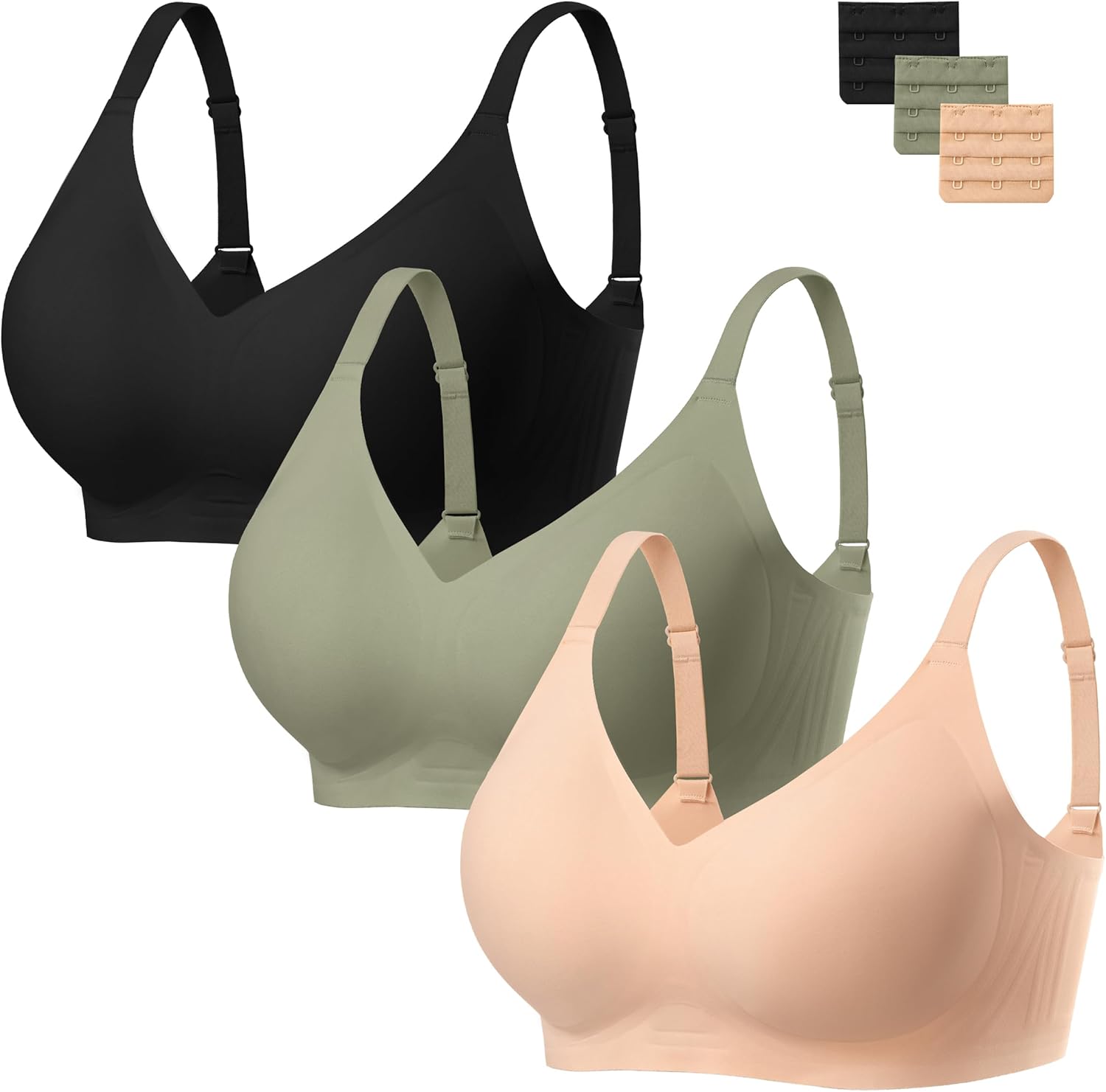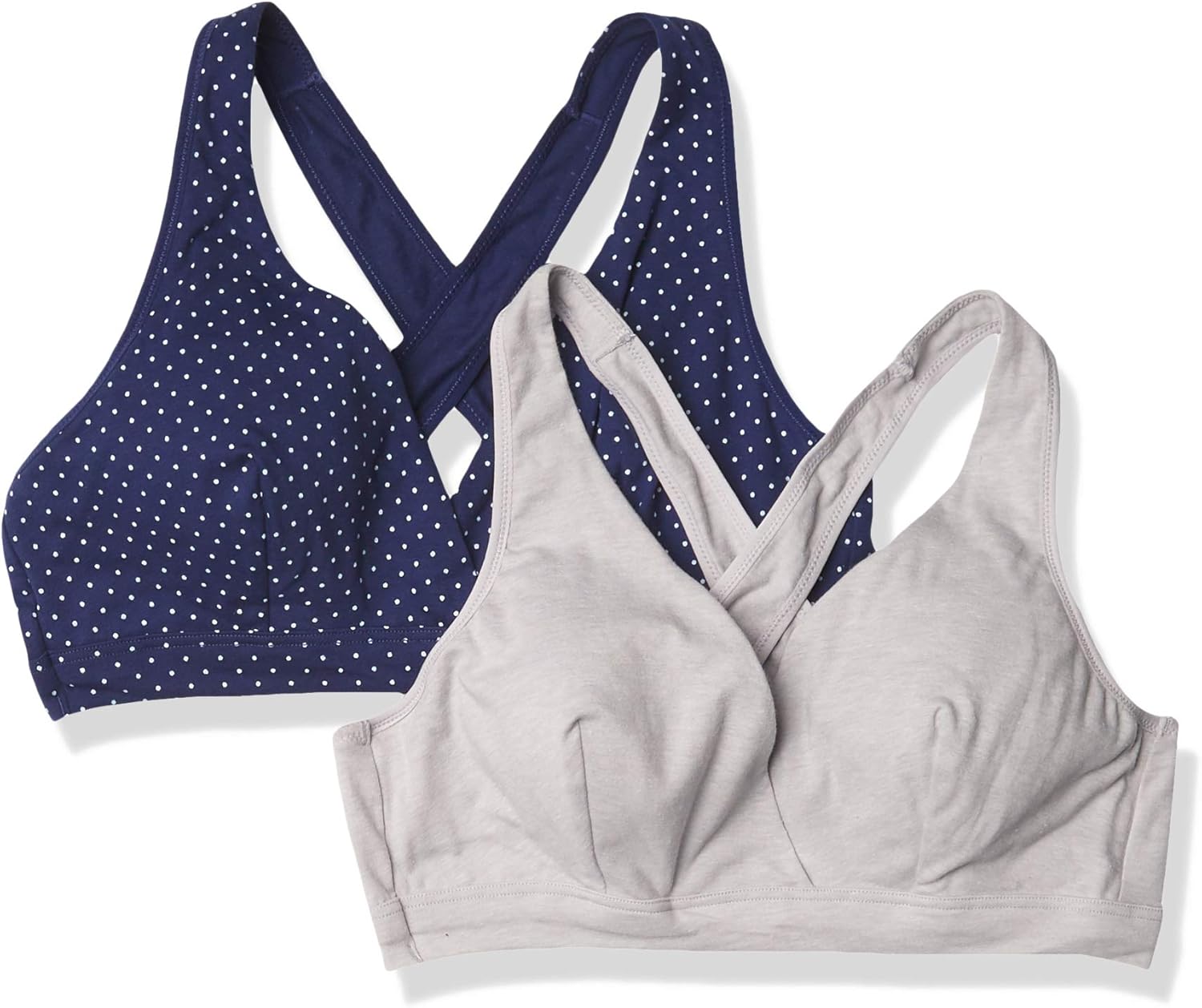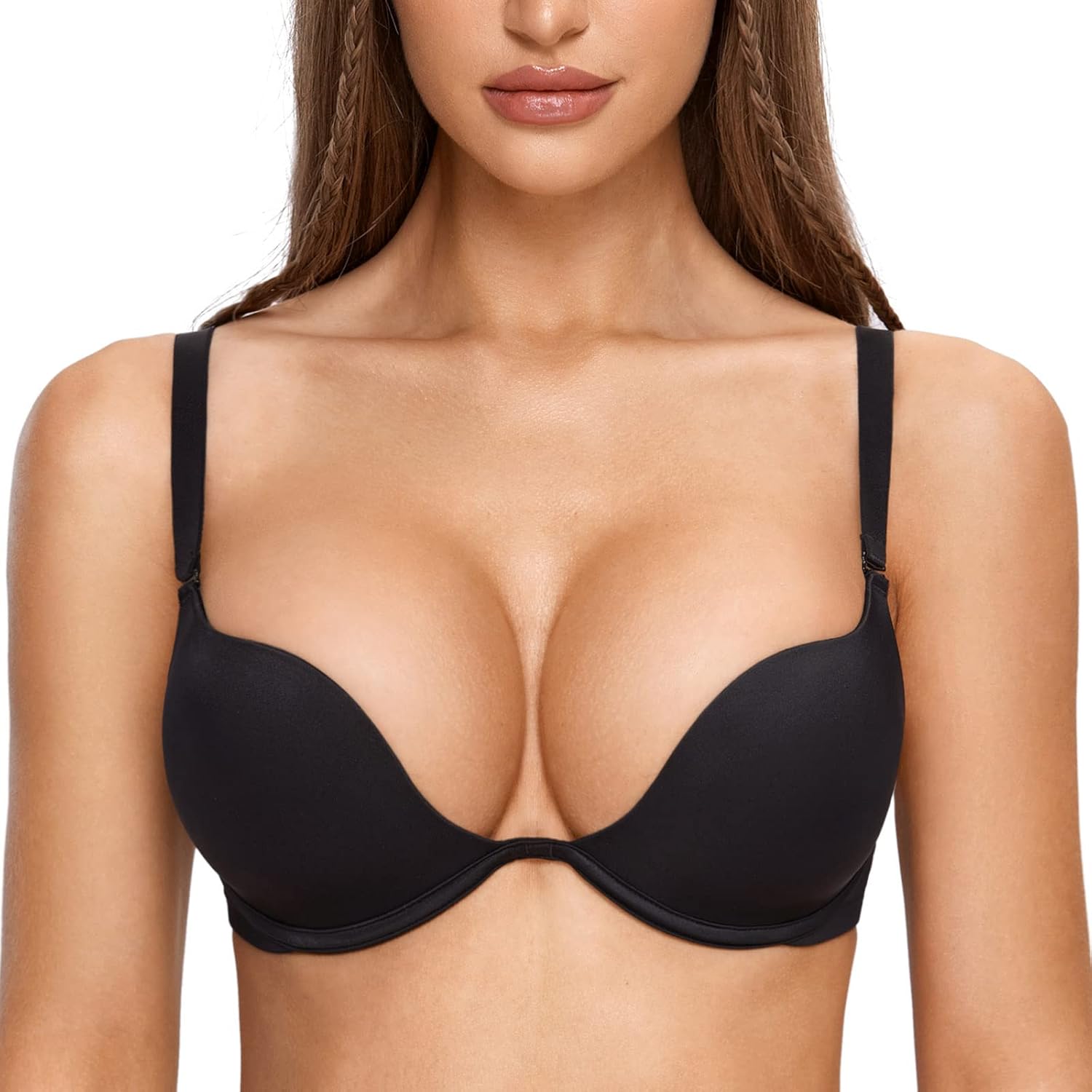The Perfect Fit: Finding Comfortable Bras for Your Unique Shape
Finding well-fitting, comfortable bras shouldn't be a frustrating treasure hunt. This guide embraces the diversity of breast shapes and sizes to help you discover bras that provide proper support while celebrating your natural form.
Understanding Your Unique Breast Shape
Before discussing bras, it's helpful to understand that breast shape varies widely, and each shape benefits from different support styles:
Common Breast Shapes
- Full: Tissue is distributed evenly with fullness at both top and bottom
- Bottom-heavy: More fullness in the lower portion (sometimes called "teardrop")
- Top-heavy: More fullness in the upper portion
- East-west: Nipples point slightly outward
- Close-set: Less than a finger width of space between breasts
- Wide-set: More than a finger width of space between breasts
- Asymmetrical: One breast larger than the other (some degree of asymmetry is extremely common)
- Athletic: Wider, less projected shape with more muscle tissue
- Bell-shaped: Similar to bottom-heavy but with a narrower root at the chest wall
- Slender: Less overall breast tissue with a longer, narrower shape
Recognizing your shape isn't about categorizing yourself into a "good" or "bad" type—it's about understanding which styles will provide the most comfortable support for your particular body.
The Measuring Misconception
Many women have had disappointing experiences with the traditional "band size + cup size" measurement method. This system has significant limitations:
- Doesn't account for breast shape, spacing, or firmness
- Often results in band sizes that are too large and cup sizes too small
- Doesn't consider how different brands and styles fit differently
Instead of focusing solely on these measurements, consider them a starting point. How a bra actually fits your unique body is far more important than what the tag says.
Signs of a Properly Fitting Bra
A well-fitting bra should:
- Have a band that sits horizontally around your torso without riding up
- Support primarily from the band, not the shoulder straps
- Fully contain breast tissue without overflow at the top, sides, or bottom
- Have underwires (if present) that sit flat against your ribcage, completely surrounding breast tissue
- Create a comfortable, natural shape without compression or gaps
- Feel comfortable through a full range of motion
- Have center gore (the piece between cups) sitting flat against your sternum
If you experience discomfort, marks that don't quickly fade, constant adjusting, or slipping straps, these are signs your current bras don't fit properly.
Finding Your Comfort Zone: Styles for Different Shapes
For Full Shapes
- Balconette or demi styles often provide excellent support
- Look for seamed cups that provide shaping without compression
- Full-coverage styles work well for larger full breasts
For Bottom-Heavy Shapes
- Balconette styles lift and round out the shape
- Three-part cups with diagonal seams provide upward support
- Full-coverage styles with bottom support panels work well
For Top-Heavy Shapes
- Full-coverage cups contain tissue comfortably
- Minimizer styles distribute tissue more evenly
- Look for reinforced upper cup sections
For Wide-Set Breasts
- Push-together styles create a more centered appearance
- Cups with side support panels prevent outward migration
- Look for center pull straps that draw tissue inward
For Close-Set Breasts
- Plunge styles with lower center gores prevent discomfort
- Wider-set straps can provide better support
- Styles with narrow center panels prevent cup overlap
For Asymmetrical Breasts
- Opt for styles with stretch lace or fabric tops that accommodate differences
- Consider partially-lined cups that flex with size variations
- Removable padding can help balance appearance if desired
Beyond Standard Sizing
If you've struggled to find comfortable bras in traditional stores, explore these options:
- Bra boutiques specializing in extended size ranges and professional fitting
- Small-business brands often catering to specific shape needs underserved by mainstream manufacturers
- Custom bra makers creating pieces specifically for your measurements
- Adaptive bras designed for specific needs like sensitive skin, limited mobility, or post-surgical requirements
Comfort Throughout Life Changes
Breast size and shape naturally change throughout life due to:
- Weight fluctuations
- Hormonal shifts
- Pregnancy and breastfeeding
- Exercise patterns
- Aging
Plan to reassess your bra fit during these transitions. Your perfect fit may evolve throughout different life stages.
The Self-Acceptance Element (Continued)
While finding comfortable bras is important, equal emphasis should be placed on accepting your natural shape:
- Remember that "perfect" breasts don't exist—only perfectly natural variations
- Recognize that media images rarely represent natural diversity
- Focus on how bras make you feel comfortable and confident
- Celebrate your body's unique characteristics
- Understand that comfort and support matter more than conforming to an idealized standard
Practical Fitting Tips
- Get professionally measured at least once a year
- Try bras on with multiple fastening hooks to ensure flexibility
- Move around during fitting to test comfort in different positions
- Consider having multiple bra styles for different activities and clothing
By approaching bra fitting with self-compassion and a focus on comfort, you can transform an often frustrating experience into an opportunity for self-appreciation.
